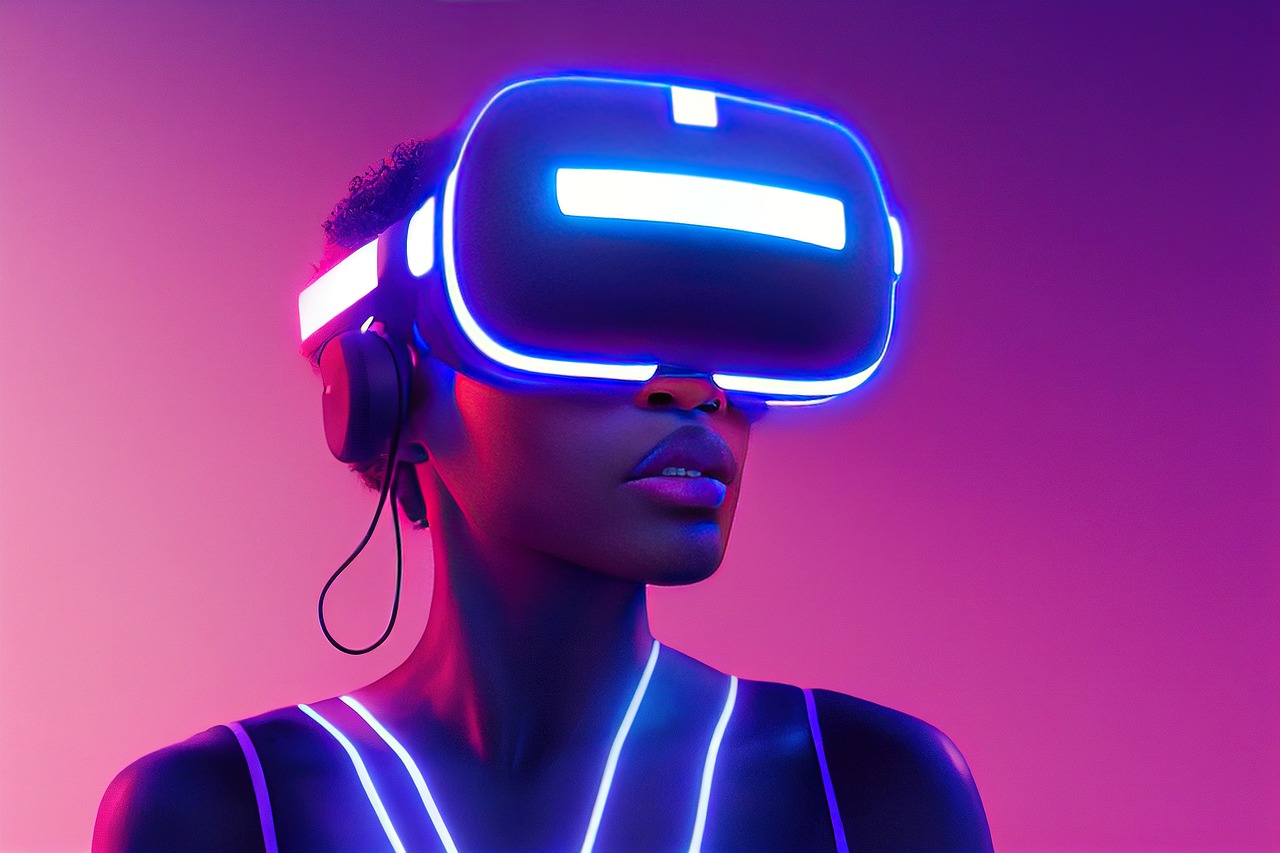Augmented Reality and Virtual Reality: Exploring Immersive Technologies
In recent years, Augmented Reality (AR) and Virtual Reality (VR) have emerged as groundbreaking technologies, revolutionizing the way we interact with digital content and the physical world.
Understanding Augmented Reality (AR)
Augmented Reality (AR) superimposes digital information onto the real world, enhancing users&8217; perception and interaction with their environment. Unlike VR, which creates an entirely artificial atmosphere, AR overlays virtual elements within the existing surroundings through devices such as smartphones, tablets, and AR glasses. Key applications of AR include navigation, gaming, education, retail, and healthcare, among others. For instance, GPS navigation can benefit from AR by overlaying directions directly onto the real-world view, making it easier for users to follow routes. In education, AR can bring textbooks to life, allowing students to visualize complex concepts like anatomy or geography in 3D. Retail sectors leverage AR to improve the shopping experience, where customers can see how a piece of furniture would look in their home before purchasing it. In healthcare, surgeons can use AR to view a 3D digital overlay of a patient’s anatomy during procedures, improving accuracy. The potential of AR is vast, as it seamlessly integrates the digital and physical worlds to create immersive user experiences.
Deep Dive into Virtual Reality (VR)
Virtual Reality (VR) transports users into a wholly digital environment, often using headsets with built-in screens that block out the real world to immerse the user in a simulated setting. This artificial environment can be anything from a fantastical gaming world to a realistic training simulation. VR is experiencing rapid growth across various industries. In entertainment, VR games and movies offer an unparalleled level of immersion, making users feel as though they are part of the story. In education, VR provides immersive experiences like virtual field trips to historical sites or inside the human body, making learning both engaging and effective. In professional training, VR simulations are used in sectors such as aviation, construction, and emergency response to practice scenarios in a safe, controlled environment. Healthcare professionals are employing VR to create vivid, simulated settings for therapy, helping treat conditions like PTSD. Although VR requires more equipment and setup compared to AR, its capacity to create entirely new worlds offers unique opportunities for education, training, and entertainment.
The Synergy of AR and VR
AR and VR, while distinct in their applications, can complement each other to create richer, more interactive experiences. This synergy, often referred to as Mixed Reality (MR), enables users to interact with both physical and digital elements in real-time. For instance, in a collaborative work environment, MR can merge physical and virtual spaces, allowing remote teams to work together as if they were in the same room. Architects and designers can use MR to visualize and manipulate 3D models within a physical space, providing a holistic view of their projects. In healthcare, this combined technology can assist in surgical planning and remote consultations, where doctors can visualize patient data and communicate effectively regardless of their physical location. The gaming industry sees MR as the next frontier, blending real-world environments with digital gameplay for an unprecedented level of immersion. This hybrid approach expands the possibilities of both AR and VR, creating new avenues for innovation across multiple fields.
Challenges and Opportunities
Despite the exciting potentials of AR and VR, there are significant challenges to overcome. The technology is still in its developmental stages, meaning issues like high costs, limited content, and technical limitations need to be addressed. Hardware such as VR headsets and AR glasses can be expensive, prohibiting widespread consumer adoption. Additionally, designing high-quality AR and VR content is complex and often resource-intensive. There are also concerns about user privacy and data security, as these technologies can collect sensitive information. However, the opportunities are immense. As technology advances, costs are expected to decrease, making AR and VR more accessible to the general public. The development of more advanced and lightweight hardware will further enhance user comfort and usability. Increased investment in AR and VR from major tech companies signals a bright future for these technologies. The integration of AI and machine learning could also lead to more intuitive and interactive experiences, ultimately broadening the scope of applications and driving innovation.
Future Prospects
Looking ahead, AR and VR are poised to revolutionize numerous industries and become integral parts of our daily lives. The concept of the Metaverse, a shared virtual space where users can interact with a computer-generated environment and other users, is gaining momentum, driven by advancements in AR and VR. This could transform social networking, entertainment, work, and even commerce, creating new markets and opportunities. In healthcare, future developments might include more sophisticated AR and VR tools for diagnosis, treatment, and rehabilitation. Education could see a shift towards more immersive learning environments, making knowledge accessible and engaging for everyone. Retail markets may adopt AR and VR to offer virtual try-ons and augmented shopping experiences, bridging the gap between online and offline purchasing. Ultimately, as AR and VR technologies continue to evolve, they will not only redefine how we experience digital content but also how we perceive and interact with the world around us, paving the way for a future where the digital and physical realms are seamlessly integrated.
